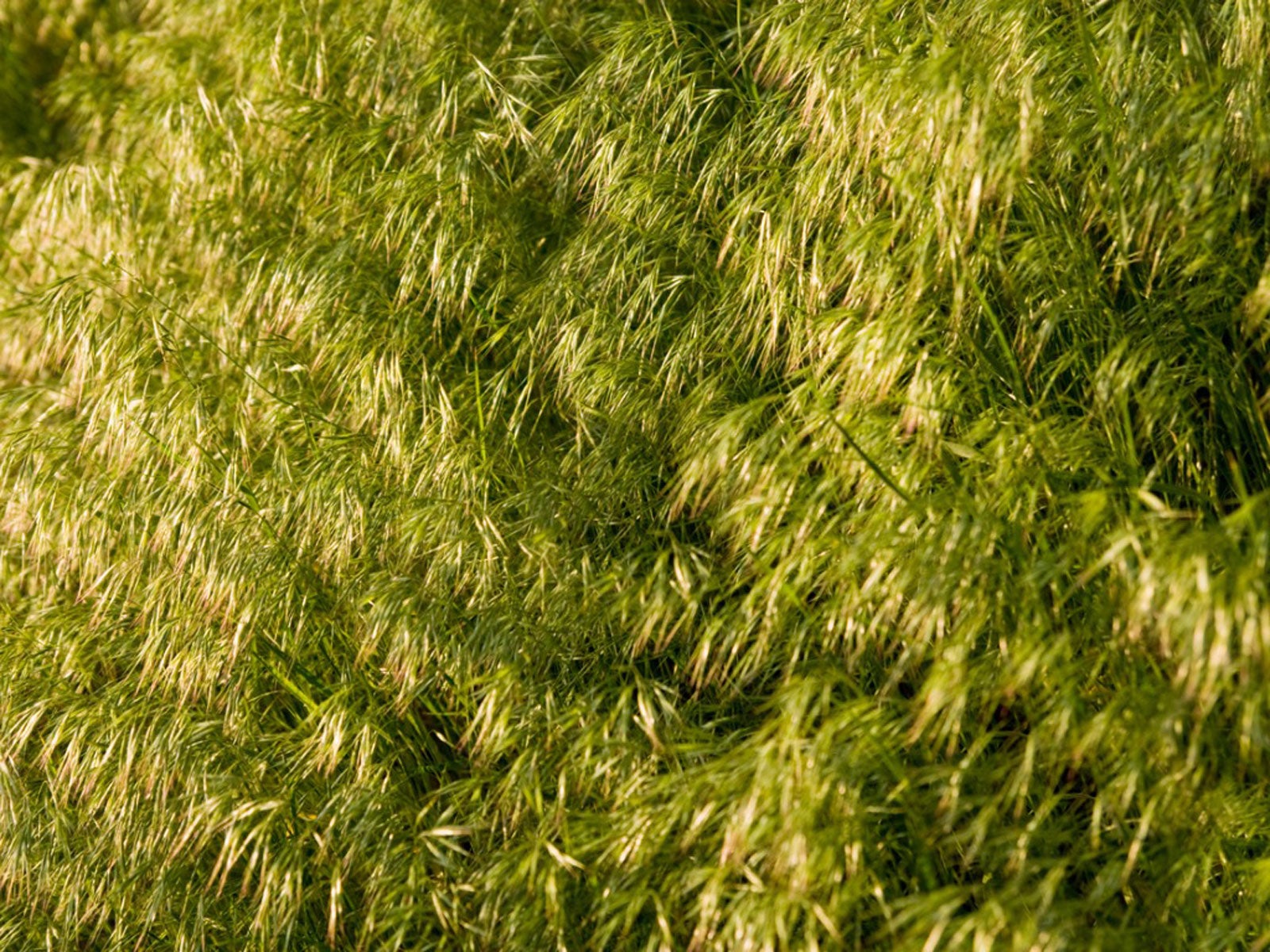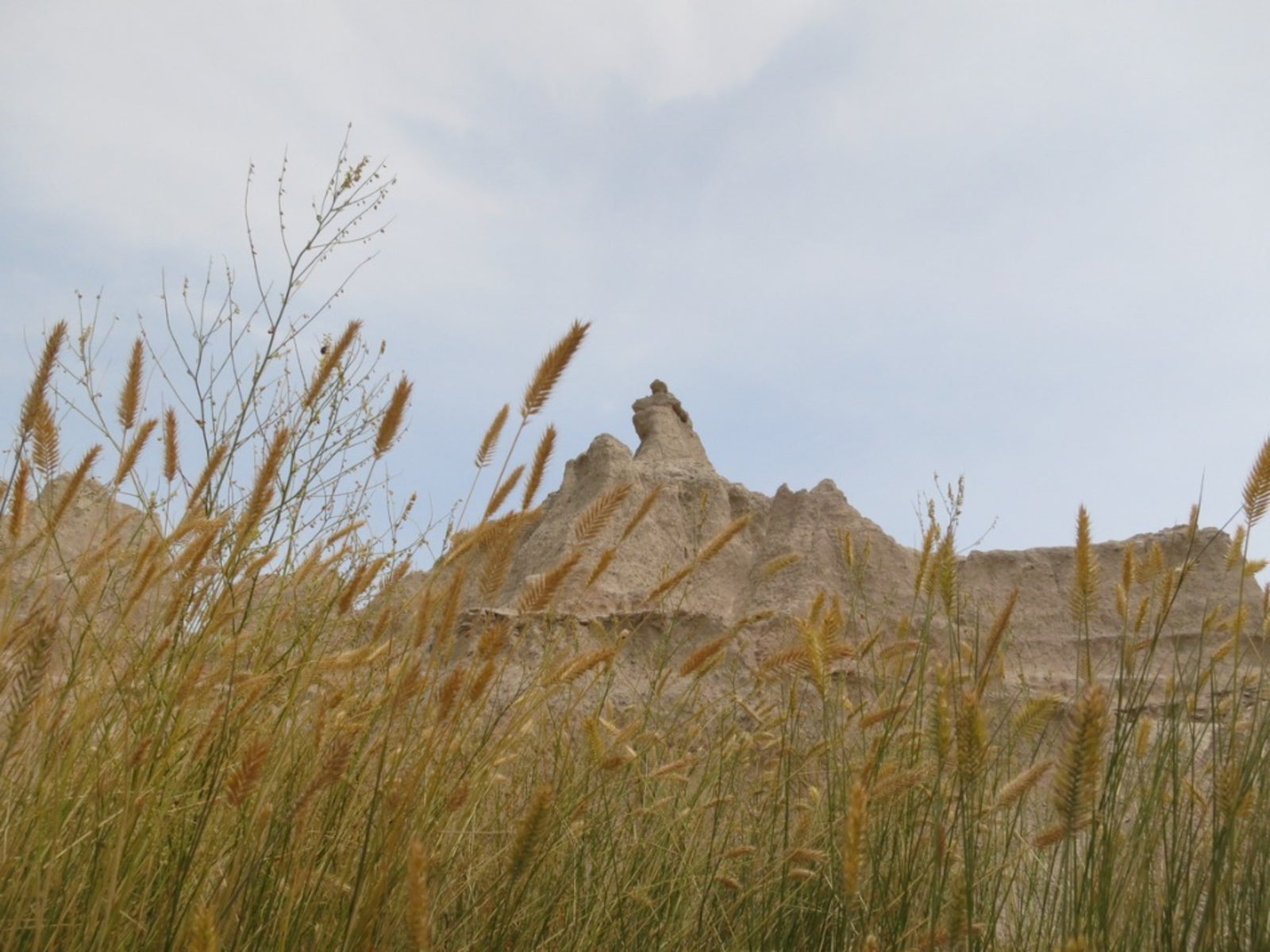Berseem Clover Plants: Growing Berseem Clover As A Cover Crop


Berseem clover cover crops provide excellent nitrogen in soil. What is berseem clover? It is a legume that is also a wonderful animal forage. The plant is said to have originated from a wild strain native to Syria, Lebanon and Israel which is now extinct. The plant is not tolerant of extreme heat or cold but thrives in moderately dry to extremely wet regions. Berseem clover plants are also quite attractive in bloom when used as an annual ground cover. Learn how to grow berseem clover and harness all the benefits of this marvelous plant in your garden.
What is Berseem Clover?
There are several reasons for growing berseem clover. It is not only an excellent cover crop and forage but is also useful as a weed suppressor, produces prolific seed, can be a perfect companion crop with oats, a green manure, and a nursery plant for alfalfa. Because it cannot withstand most winter temperatures, it is often used as a winter killed crop prior to planting corn. This fast growing plant produces more biomass than comparable legume crops. Berseem clover plants (Trifolium alexandrinum) belong in the legume family, which means their roots bear nodules which fix nitrogen in soil. This is a winning trait when combined with heavy nitrogen feeders like soybeans and corn. This variety produces more seed and foliage than red clover and is tolerant of alkaline soil. Berseem clover resembles alfalfa with fluffy white bloom heads. The stems are hollow and grow up to 2 feet (.61 m.) in length and the leaves are oblong, hairy and lack a watermark. Although native to the Mediterranean, the plant has been introduced to Florida, California and other parts of the southern U.S. It takes between 50 and 90 days to obtain a seed crop, depending what time of year the plants are sown.
How to Grow Berseem Clover
Seeds grown in early fall will mature in just 50 days. It can grow as a summer annual in moist, cool regions and as a winter annual where no frost occurs and winter is long and warm. In order to produce seed, it is suggested that February is the ideal time to sow the clover. Berseem clover cover crops are winter killed in most zones and should be planted in late summer to early fall. The variety tends to grow more quickly in fall and spring. The seed is quite tiny, much smaller than white clover, and is usually broadcast on a firm seed bed. The seeds will germinate with very little moisture. The recommended seeding rate is 20 lbs. per acre (9.07/.406 h.). Seed should be covered by ½ to 1 inch (1 to 2.5 cm.) of soil. Berseem can regrow if mown or grazed provided they are cut before bloom. It is often mowed several times for forage and then finally turned under as a green manure. The cuttings can be harvested 4 to 6 times at 4-week intervals in mid-winter to early summer. Mowing when the plants are 9 inches (23 cm.) high causes them to send out side shoots. In order to produce seed, only three cuttings can take place. When it is cut as silage, the plant causes less ruminant bloating than other clovers. Berseem has the potential to be an important food and cover crop in temperate areas.
Gardening tips, videos, info and more delivered right to your inbox!
Sign up for the Gardening Know How newsletter today and receive a free copy of our e-book "How to Grow Delicious Tomatoes".

Bonnie Grant is a professional landscaper with a Certification in Urban Gardening. She has been gardening and writing for 15 years. A former professional chef, she has a passion for edible landscaping.
-
 8 Perfect Flowers To Plant With Tomatoes To Boost Yields & Banish Pests
8 Perfect Flowers To Plant With Tomatoes To Boost Yields & Banish PestsDon’t forget flowers when choosing companion plants for your tomato beds or pots. These pretty, fragrant blooms add beauty but are also highly beneficial.
By Mary Ellen Ellis
-
 Want The Longest Lasting Hydrangea Flowers? Grow These 8 Panicle Hydrangea Varieties
Want The Longest Lasting Hydrangea Flowers? Grow These 8 Panicle Hydrangea VarietiesFor ornamental shrubs that deliver the longest flowering seasons with plush blooms and delicate hues, these panicle hydrangea varieties are essential in your yard
By Tonya Barnett
-
 Best Late Summer And Early Fall Cover Crops
Best Late Summer And Early Fall Cover CropsPlanting cover crops is a gift you can give to your garden’s soil. Read on to learn about planting cover crops in late summer.
By Bonnie L. Grant
-
 Sunn Hemp Plant Info – Learn Sunn Hemp Uses And Care
Sunn Hemp Plant Info – Learn Sunn Hemp Uses And CareSunn hemp grass is a warm weather grass. Click to learn more about Sunn hemp uses as well as helpful tips on growing Sunn hemp as a cover crop.
By Mary H. Dyer
-
 Native Cover Crops: Vegetable Cover Cropping With Native Plants
Native Cover Crops: Vegetable Cover Cropping With Native PlantsAre there any benefits to using native plants as cover crops? Click here to learn more about vegetable cover cropping with native plants.
By Laura Miller
-
 What Is Field Brome – Information About Field Brome Grass
What Is Field Brome – Information About Field Brome GrassField brome grass can be used as a cover crop to control erosion and enrich the soil. For more information, click the following article.
By Laura Miller
-
 What Is Western Wheatgrass – How To Grow Western Wheatgrass
What Is Western Wheatgrass – How To Grow Western WheatgrassWheatgrass is native to North America and graces the Southwest, Great Plains and mountainous regions of the western U.S. It has some erosion control benefits but using western wheatgrass for grazing is the primary purpose. Learn more about it here.
By Bonnie L. Grant
-
 What Is Chickling Vetch – Growing Chickling Vetch For Nitrogen Fixing
What Is Chickling Vetch – Growing Chickling Vetch For Nitrogen FixingWhat is chickling vetch? Also known by various names such as grass pea, white vetch, blue sweet pea, Indian vetch, or Indian pea, chickling vetch is a nutritious legume grown to feed livestock and humans in countries around the world. Learn more about the plant here.
By Mary H. Dyer
-
Establishing Kura Clover: Learn How To Grow Kura Clover Plants
You no doubt have heard about the four-leaf clover, but few gardeners are familiar with kura clover plants. Kura is a forage legume and if you are interested in growing kura as a groundcover or establishing kura clover for some other use, this article will help.
By Teo Spengler
-
 What Are Austrian Winter Peas: A Guide To Growing Austrian Winter Peas
What Are Austrian Winter Peas: A Guide To Growing Austrian Winter PeasWhat are Austrian winter peas? Also known as field peas, Austrian winter peas have been grown around the world for centuries, primarily as a valuable source of nutrition for humans and livestock. Click this article for info on growing Austrian winter peas.
By Mary H. Dyer